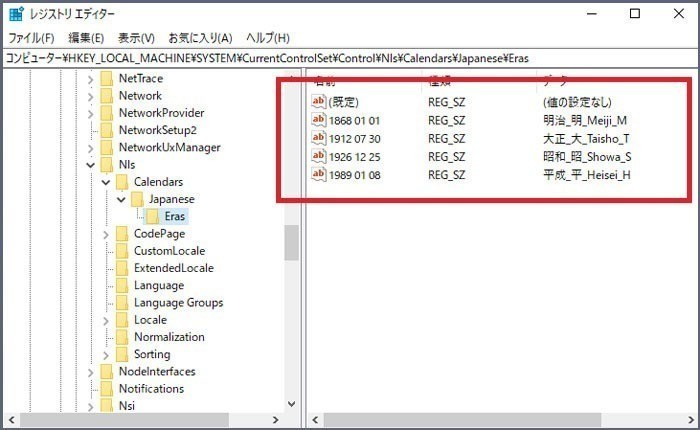

E.g.:įor a more comprehensive way of generating hashes in a stored procedure check out Michael Cole’s blog entry Let’s hash a blob.In this Article, you will learn how to work with CLR database object to create CLR stored procedure using c# with vs 2019. Once deployed you can call the new stored procedure in a new SQL Server Management Studio query. Select View->Output in order to see build and deployment messages and confirm your stored procedure built and deployed sucessfully.ħ. Then select Build-> Deploy Solution to deploy it to the database.

To build the solution select Build->Build Solution in Visual Studio. String hashedString = .GetString(passHash) Ħ. SHA512Managed hashVal = new SHA512Managed() īyte passHash = hashVal.ComputeHash(passBuff) convert the passPhrase string into a byte arrayīyte passBuff = AE.GetBytes(plaintext) Public static void SHA512(String plaintext) Let’s create some code to create and return a SHA-512 hash of a string. You can add your own code in at this point. Now you will see some skeleton C# code for a stored procedure in Visual Studio In the Solution Explorer for your project right-click and select Add->Stored Procedureĥ. Next you can choose an existing database reference if present, or create a new one. If you’re using SQL Server Denali (SQL11) then you’re fine to use. NET Framework 3.5 when you are creating the project. NET Framework 4.0 by default, and SQL Server 2008 R2 requires 3.5. Start Visual Studio 2010 and create a new Visual C# SQL CLR Database Project: Sp_configure ‘show advanced options’, ‘1’Ģ. Prepare your SQL Server instance to enable assembly execution. (Note there is a useful existing function called HashBytes you can use, though the only SHA hash it supports is SHA1. This example shows how to write a stored procedure that will convert a string into a SHA-512 hash. Writing a CLR stored procedure in C# and deploying to SQL Server 2008 R2 is mostly intuitive, with a couple of caveats. Visual Studio provides a nice environment for writing CLR stored procedures with managed code.


 0 kommentar(er)
0 kommentar(er)
